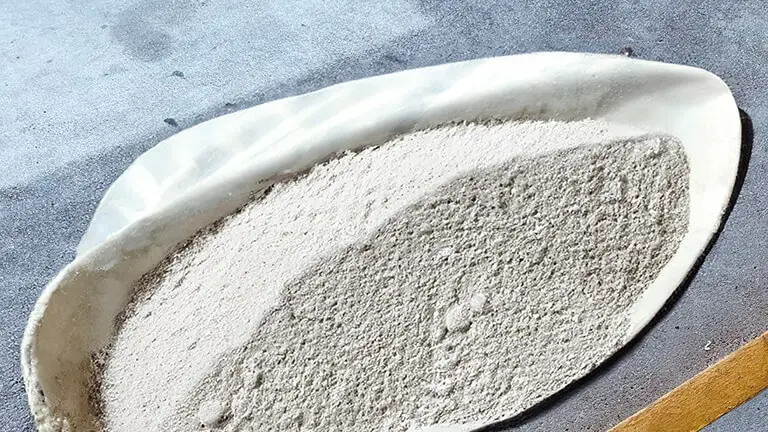What Happens When GGBFS Meets Krystaline

How GGBFS Strengthens Concrete?
Concrete is the foundation of modern infrastructure, and breakthroughs in materials science are unlocking new levels of performance and resilience. One of the most impactful innovations is Ground Granulated Blast Furnace Slag (GGBFS), which significantly enhances concrete by increasing durability, refining pore structure, and improving resistance to aggressive environments.
However, even high-performance materials have their limits. That’s where Krystaline C-S-H Technology steps in—taking GGBFS concrete from strong to unstoppable, with optimized hydration, early strength gain, and an active self-healing mechanism that future-proofs infrastructure.
What is GGBFS and Why It Matters
GGBFS is a recycled byproduct of iron and steel manufacturing, created by rapidly cooling molten slag and grinding it into a fine powder. When used to partially replace Ordinary Portland Cement (OPC), GGBFS offers a wide range of benefits:
Enhanced durability
Reduced permeability
Increased long-term strength
Lower heat of hydration
Improved sustainability
By incorporating GGBFS, concrete becomes more eco-friendly. It decreases reliance on clinker, the most CO₂-intensive component of cement, and helps lower the carbon footprint of construction.
Challenges with GGBFS Concrete
Despite its benefits, GGBFS concrete is not without limitations:
Slower early strength development
Extended setting times
Higher sensitivity to the water/cement ratio
Risk of carbonation in some environments
These drawbacks can impact construction timelines and performance—unless they are addressed with the right complement.
How Krystaline C-S-H Technology Complements GGBFS
Krystaline C-S-H Technology enhances GGBFS concrete by:
Optimizing hydration kinetics
Stimulating early C-S-H formation
Reducing water/cement sensitivity
Introducing self-healing properties
By accelerating hydration, Krystaline technology offsets the slower reactivity of GGBFS, improving early strength and maintaining construction efficiency. This ensures that GGBFS can deliver long-term performance without compromising short-term productivity.
Active Self-Healing Concrete
When microcracks appear, Krystaline C-S-H technology activates on contact with moisture. It forms new C-S-H gel, sealing cracks autonomously and extending the structure’s lifespan. This self-healing capability reduces maintenance needs and boosts structural resilience in the face of environmental stressors.
Maximizing Durability and Protection
While GGBFS already lowers permeability, Krystaline further densifies the concrete matrix, making it virtually impermeable to water and harmful ions like chlorides and sulfates. The technology also helps:
Control shrinkage
Minimize thermal cracking
Stabilize large-volume pours
This makes the combined system ideal for critical infrastructure in marine, underground, and high-performance environments.
Krystaline C-S-H + GGBFS: The Ultimate Solution
With Krystaline, GGBFS concrete becomes:
Self-sealing
Ultra-durable
Thermally stable
Resistant to corrosion and cracking
From coastal infrastructure to tunnels, wastewater treatment plants, and bridges, Krystaline ensures concrete not only lasts longer but performs better under pressure—with lower maintenance and lifecycle costs.
Recent Posts
Compartir este artículo
